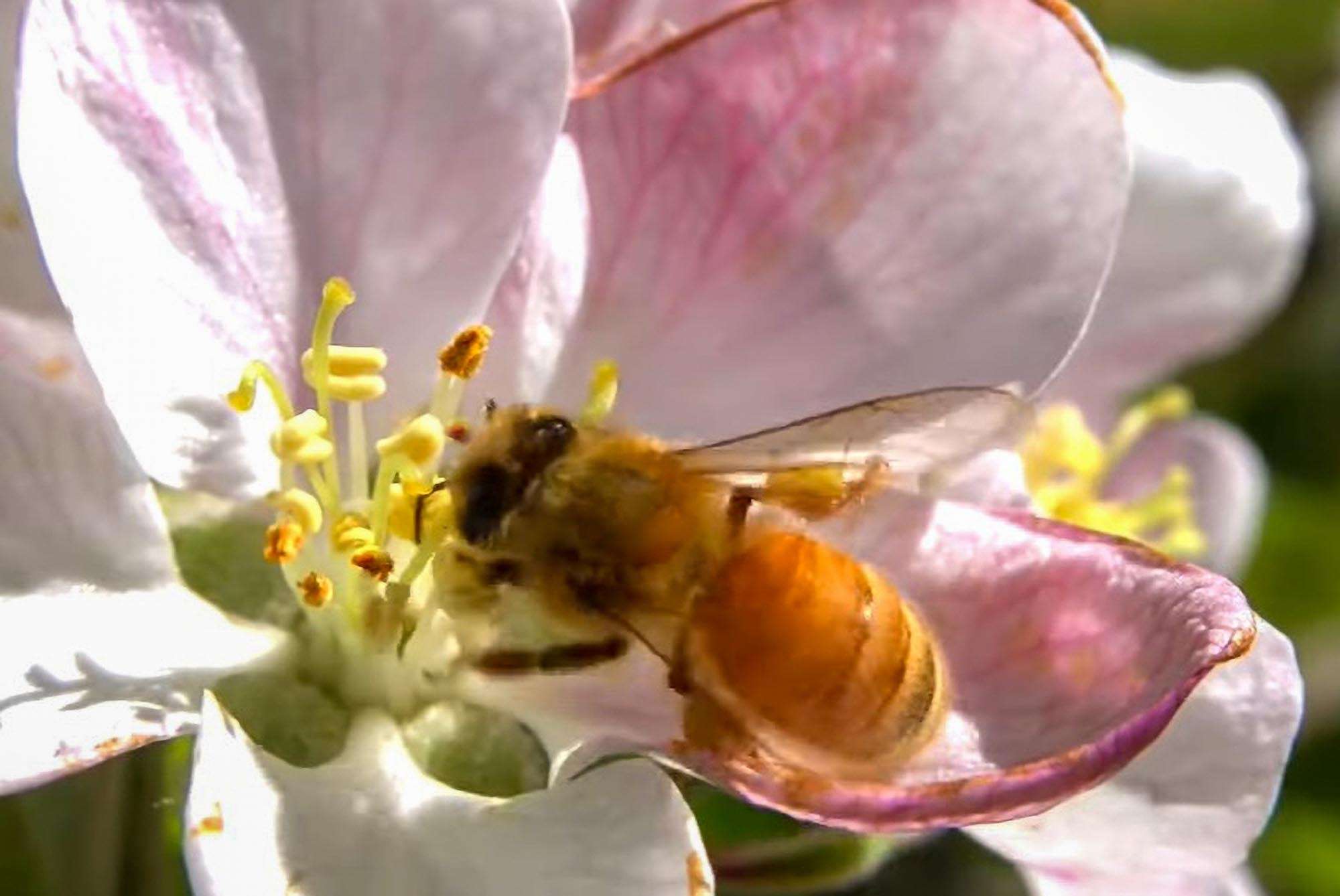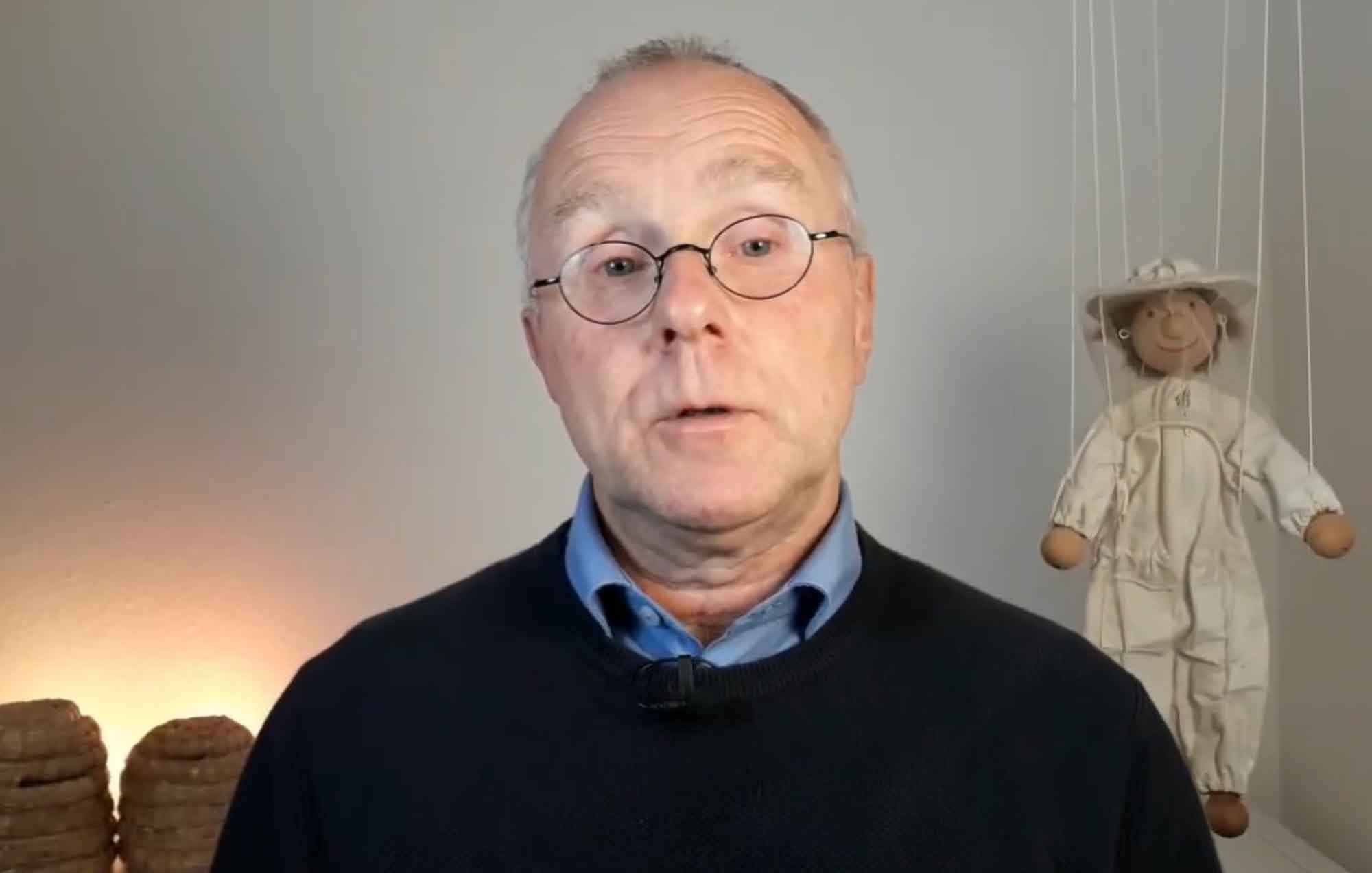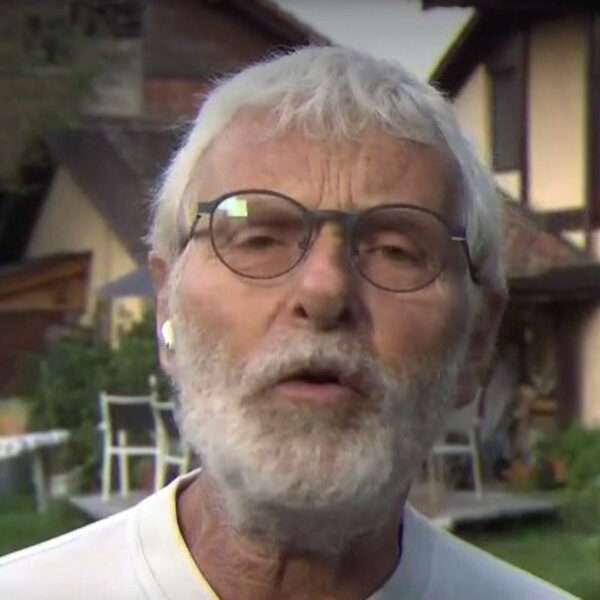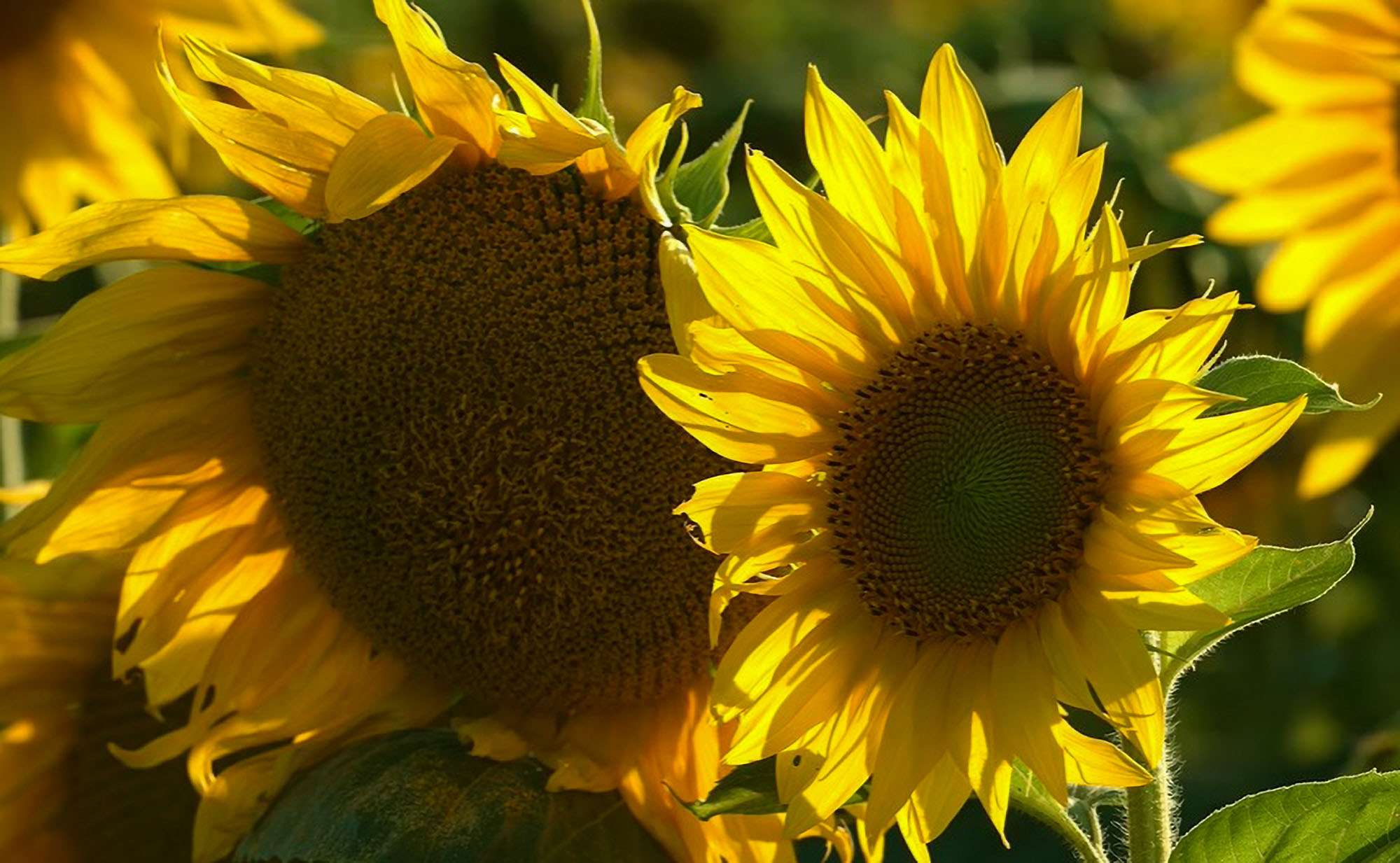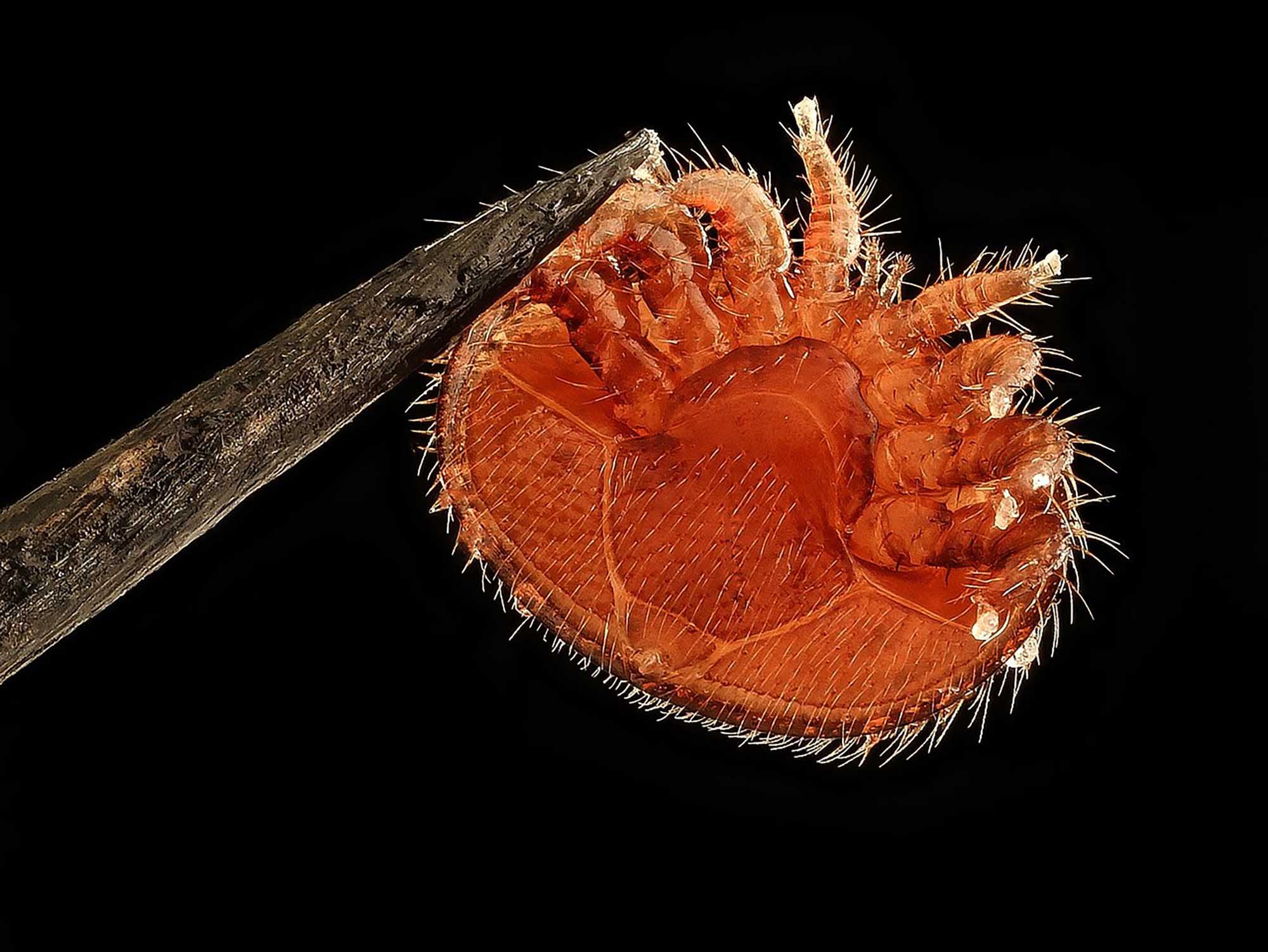Solitary bees strongly benefit from wildflower cultivations near cropland, according to researchers in the United States.
Soil-nesting bees are increasingly endangered due to the application of pesticides and the loss of habitats. Scientists at the University of California in Davis (UC Davis) wanted to find out whether their situation improves if native flowers are grown in the vicinity of farmland.
Pollination ecologist Neal M. Williams said: “We established wildflower plantings along borders of annual row crops and paired each with an unplanted control border.”

The lead author of the study revealed: “Wildflower plantings significantly increased nest densities and the richness of bee species using them.”
Speaking about his motivation to investigate the issue, the scientist explained: “Ongoing declines of bees and other pollinators are driven in part by the loss of critical floral resources and nesting substrates.”
Neal underlined that the majority of conservation efforts for bees would aim to “enhance floral abundance and continuity but often assume the same actions will bolster nesting opportunities.”
His team’s study, which took place in Northern California, showed that the circumstances for the pollinators would improve within the first year of planting. The beneficial setting remained for up to four years following the introduction of wildflower strips.
Neal and his colleague applied traps to determine nest density and species richness. Furthermore, the scientists quantified soil-surface characteristics and flower resources.
He concluded: “Wildflower plantings differed from controls in multiple characteristics of the soil surface including vegetation cover, surface microtopography and hardness.
“The demonstrated benefit wildflower plantings had for increasing the nesting of soil-nesting bees greatly augments their relevance for the conservation of wild-bee communities in agricultural and other landscapes.”

